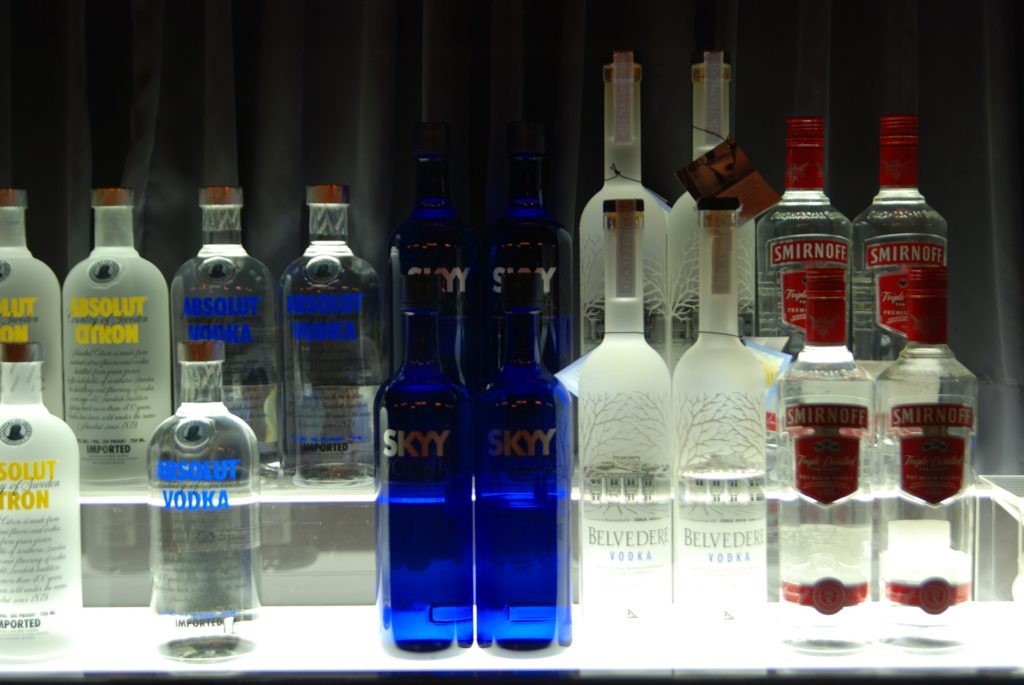Alcoholic beverages go back as far as the ancient Egyptians and were accomplished by fermenting foods over long periods. Today most of the world involves alcohol in many recreational activities, enjoying a drink from home, pubs, and restaurants. People can also make their alcoholic drinks at home via brewing, distilling, and fermenting or often enjoy a great international beer. But what exactly are these processes?
Alcoholic drinks can be split into three categories: beer, wine, and spirits. Beers go through the brewing and fermentation process, requiring vital equipment such as pumps, temperature gauges, and a cool dark place. Wines just simply go through a fermentation process, whereas, spirits first undergo fermentation and then distillation process. Still not sure what each process is? Let us take a closer look together…
Brewing
In this process, the grain is dried, milled, and steeped into hot water to cook slightly before adding additional ingredients such as hops, yeast, and more. The yeast reacts and causes fermentation which creates ethanol in the batch. Once the batch has then been transferred to a fermentation tank to be processed further, the liquid must be left to age. This can sometimes take more than a year depending on the type of brew you are making, but providing the correct steps are taken, you will have a brew worthy for sharing.
Brewing is an ancient practice that has been around for thousands of years. The earliest evidence of brewing comes from Mesopotamia, where archaeologists have found evidence of a type of beer known as kashkeesh dating back to around 3500 BC. Brewing was also common in ancient Egypt and China, and eventually spread to Europe where it became an important part of many cultures, and later, global industries.
As a process, brewing begins with malting, which consists of soaking the grains and then allowing it to germinate, before finally kilning them to produce the malt.
After malting comes mashing, where the malt is combined with hot water to convert starches into sugars that will feed the yeast during fermentation. During lautering, the brewer separates out the liquid extract from whatever solids remain in the mash. Then, this extract is brought to a boil along with hops for flavor, balance and stability.
Fermenting follows thereafter; yeast is added to this mixture – now called wort – which converts sugar into alcohol and carbon dioxide. Conditioning must take place after fermentation, assisting with flavor development while filtering removes all suspended particles such as residual yeast and solidified protein compounds.
Finally, packaging takes place so that consumers can enjoy all of a brewer’s hard work: a beautiful beer brimming with aroma, color and taste.
Fermentation
Fermentation occurs in yeast cells and in the process of energy being released from glucose without the use of oxygen. When yeast consumes the sugars, it converts them into carbon dioxide and ethanol. It is the simplest way to make an alcoholic drink such as beer and is essential in the production of many beverages around the world today.
Fermentation marks the moment a drink changes from potentially harmful to pleasurable, as the alcohol content is created through microbial activity. This process utilizes yeast, heat, and sometimes sugars to produce the desired results.
The complexity of flavor in fermented alcoholic beverages is determined by various fermentation conditions, such as yeast strains used, temperature, type of medium, duration and presence of other microorganisms such as lactic acid bacteria.
Distillation
Distillation is a little trickier and requires a lot more equipment, skill, and experience to perfect. The process involves separating two liquids: one being a fermented liquid and the other non-fermented such as water. Because one is fermented, the liquids now have two different boiling points and can be separated via condensing and heating. As the liquids are being heated, the vapours formed through the fermented liquid condense and then are put under a cooling process. The condensed vapour then leaves behind a water content that will later be used for further distillation to be suitable enough for consumption.
Distillation is an essential part of the beverage-production process, allowing for them to reach higher alcohol by volume (ABV). This process takes fermented base products, such as beer wort and wine, and separates them into more potent concoctions–whiskey from malt and brandy from grapes.
Along with providing higher alcoholic concentrations than traditional fermentation can offer, distillation allows producers to take advantage of a wider flavor profile through infusion techniques that incorporate spices and herbs during the process.
Distillation also helps refine undesirable nutrients like sulfites, which is beneficial for those who are sensitive to it.
All alcoholic beverages rely on a form of fermentation in order to produce the desired flavor, alcohol content, and base ingredients. However, not all fermented beverages contain high amounts of ethanol and are instead left as an un-distilled beverage that can vary greatly in both taste and alcohol content.
Conclusion
The process of making alcohol can be quite easy if you are deciding to make beer or wine, but it does require a methodical process and high-quality equipment. Distillation is by far the hardest to master and can take years to perfect so finding some experience before you attempt to produce your batch may be best. However, if you have the right people by your side nothing is stopping you from making a start to perfect your unique spirit.




